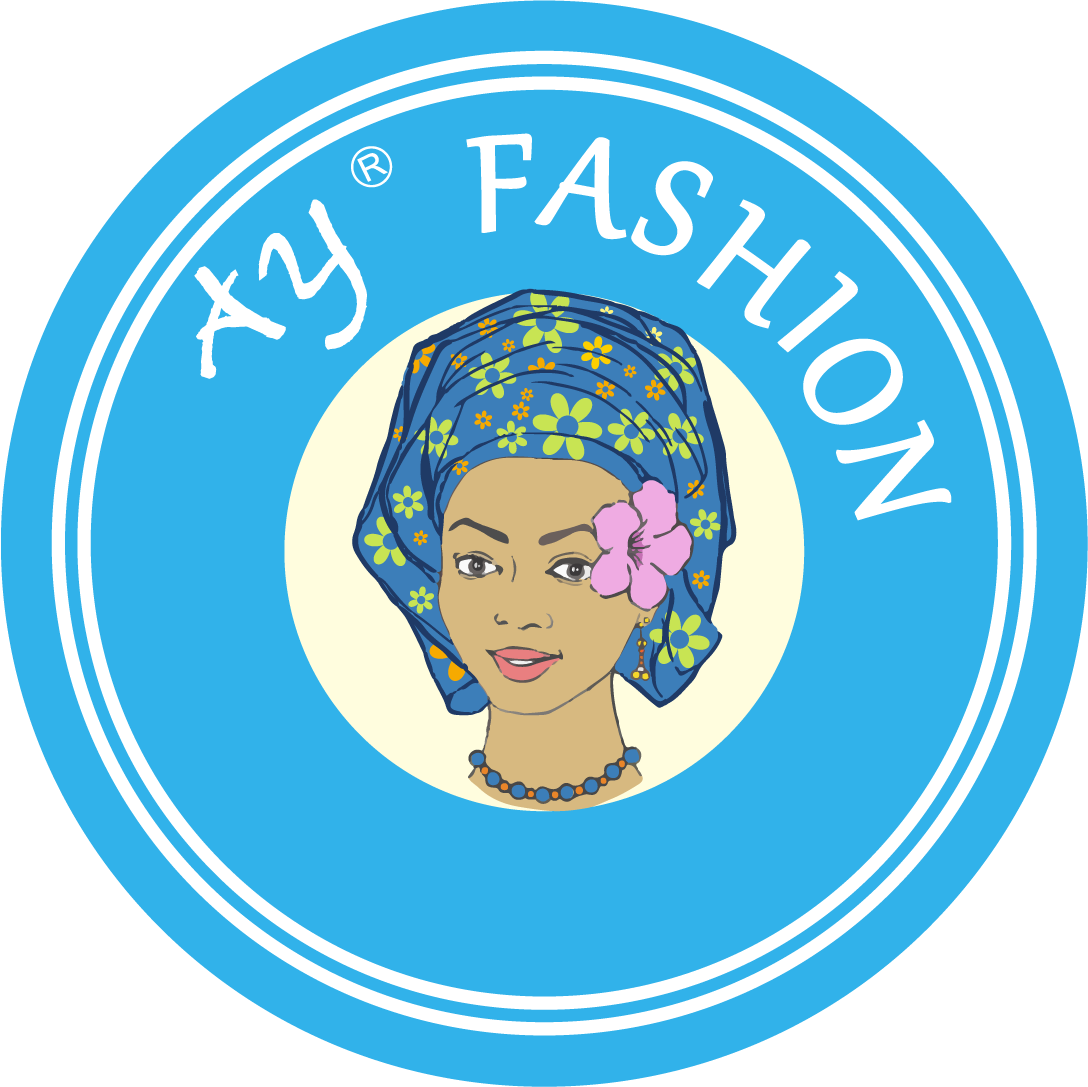Expert: The relocation of some fashion factories in the world will not affect China's garment manufacturing industry
Release time:
2022-10-18
Wang Tiankai, president of China National Textile and Apparel Council, said on the 26th that due to factors such as rising labor and raw material factors, some fashion manufacturing factories are moving from China to Southeast Asia, Western Europe and other places. This is a necessary trend for the adjustment of the pattern of the world's garment industry, and will not have a direct impact on China's garment manufacturing. China will also pay more attention to the construction of its own brands and advance to the upstream of the industrial value chain.
In response to the recent suggestion by foreign media that the production lines of clothing brands such as Italy have been moved from China to Turkey and Tunisia, Wang Tiankai, president of the China National Textile and Apparel Council, made the above response at the 20th China Apparel and Apparel Fair.
He believes that the transfer of European fashion brands such as Italy to neighboring countries, in addition to the direct factors such as closer cultural and smoother communication, is also an inevitable trend for the adjustment of the world's apparel industry.
With the weakening of the international market, the competition in the global garment processing trade has become increasingly fierce. Some countries in Southeast Asia, relying on lower raw material and labor costs, have gradually become the world's garment processing centers.
"In Dongguan City alone, labor costs have risen by 30%, and raw materials have exceeded 20%." Liu Jintang, deputy director of the Small and Medium Enterprise Bureau of Dongguan City, Guangdong Province, said, "These factors put pressure on export-processing clothing OEM companies."
Data from the China National Textile and Apparel Council showed that, excluding price factors, China's textile and apparel exports from January to December 2011 only increased by 0.5% year-on-year, of which the apparel exports decreased by 0.2% year-on-year.
"This is an inevitable trend of industrial structure adjustment, and it will be more obvious in the next few years." Wang Tiankai, president of China National Textile and Apparel Council, said, but China is still the world's largest garment processing and manufacturing country, and a large-scale production line transfer will not happen.
"At the same time, some of our garment enterprises are gradually moving their factories to neighboring countries." Chen Dapeng, executive vice president of the China Garment Association, believes that this phenomenon also shows that China's garment industry is advancing to the high end of the industrial chain. At present, China's garment industry has formed the most complete industrial chain system in the world, and its core competitiveness is changing from labor cost advantages to functional advantages, efficiency advantages, and cost-effectiveness advantages.
"There is no way out of being an OEM forever. The ultimate development direction is still to be an independent brand." Chen Dapeng said that the current development trend of China's own brand and clothing design is very good, and there are more and more companies in neighboring countries. Card.
"At this CHIC, there are more than 600 local clothing brands in China, occupying more than 70,000 square meters of exhibition area. In addition, more than 1,000 clothing brands and experts from 21 countries and regions have been attracted to participate in the exhibition and exchange." Chen Dapeng said that in the future China's garment industry will seize the two commanding heights of brand building and design and development to form a mature and complete technical capability and industrial system.
Related news

